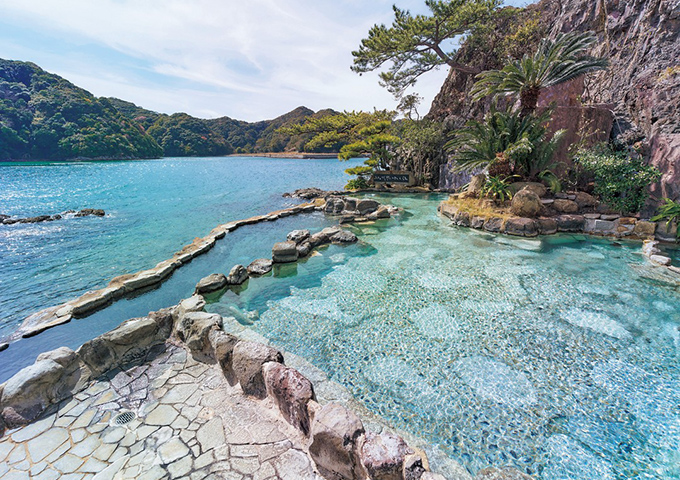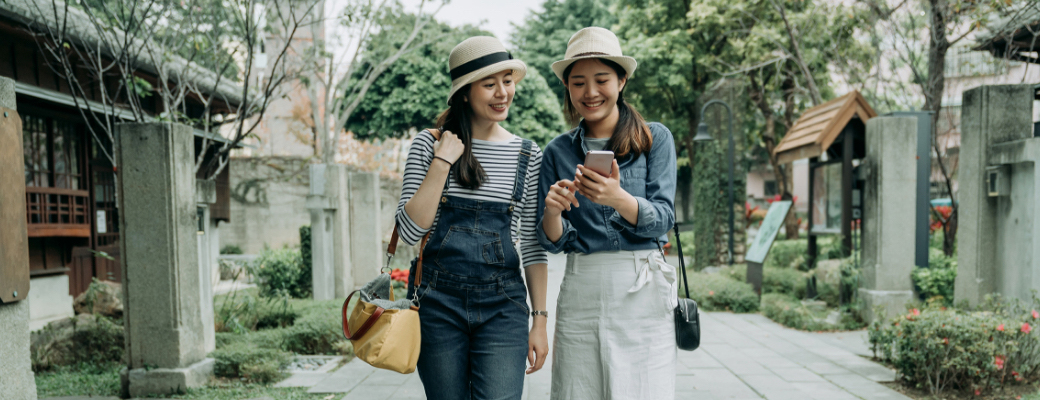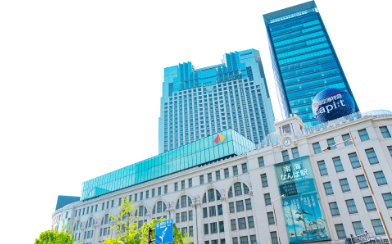
Winter Wonders
Surrounded by the beautiful nature away from the urban hustle, let's warm up in the hot springs.

Kada Kasuga Shrine
"Kada Kasuga Shrine" is a shrine located in Kada, Wakayama City, whose main shrine building is designated as a National Important Cultural Property. This article summarizes the blessings, enshrined deities, and access information of Kada Kasuga Shrine. The famous "Ebi Festival" is also introduced.
The founding date of Kada Kasuga Shrine is uncertain. According to the old records of the Kii Kokuzo family, during the reign of Emperor Jimmu’s eastern expedition, Amano Tokone-no-Mikoto brought two divine treasures and landed at Kada Bay, where he built a temporary palace and enshrined Amaterasu Omikami. This is considered the origin of the shrine.
The current main shrine building, built by Kuwayama Shurinojo Masaaki in the first year of Keicho (1596), has a hinoki bark roof, is constructed in the Ichigensha nagare-zukuri style, and features chidorihafu and nokikarahafu gables.
As the shrine’s main enshrined deities are the Kasuga Three Gods (war gods), worshippers praying for certain victory and success never cease. During the “Ebi Festival” held in May, lion dances and portable shrines parade, and the town of Kada becomes lively.
The current main shrine building is a one-room nagare-zukuri style with hinoki bark roofing and features chidorihafu and nokikarahafu gables. The structure includes grand and magnificent carvings such as kibana (wooden nose-like projections), kamukura (frog-leg brackets), tejami (hand-held brackets), ranma (transom panels), and wakishoji (side shutters). These reflect the characteristics of the Momoyama period well. Therefore, it was designated a national treasure in 1931 (Showa 6) and preserved as an important cultural property after the war.
The carvings on the kamukura are openwork. The center depicts clouds with dragons, the back shows clouds; the left side shows bamboo with a tiger, the back shows bamboo and camellia; the right side shows peony with a Chinese lion, and the back shows peony. Additionally, the center front of the main hall has a jewel, the left side has Ebisu, the right side has Daikokuten; the east side shows paulownia with a phoenix and a kalavinka; the west side shows shells and waves with shrimp; and the back center shows a katsura leaf with a brush, with five-seven paulownia flower crests and sixteen-leaf double-layered chrysanthemums on the left and right.
Safe childbirth prayers
First shrine visit (Hatsumiya Mairi)
Ground-breaking ceremonies
Family safety
Traffic safety
Success prayers (exams, competitions)
Protection from misfortune
Recovery from illness
Fulfillment of various wishes
Especially since the shrine enshrines the Kasuga Three Gods (war gods), athletes and examinees visit to pray for victory and success.
Ame-no-Koyane-no-Mikoto
Called the “God of Norito (Shinto prayers),” one of the gods appearing in the Amano-Iwato myth. According to the Nihon Shoki, he is the ancestor of the Nakatomi clan (later Fujiwara) and the child of the spirit word god “Kogotomusubi no Kami,” who held the hereditary position of ritualist in Takamagahara.
He is known as the enshrined deity of Kasuga Taisha, the Fujiwara clan’s tutelary shrine, and grants blessings such as wish fulfillment, academic achievement, and career advancement.
Takemikazuchi-no-Okami
The heavenly god symbolizing “martial” in Takamagahara. In the myth “The Transfer of Izumo Province,” he greatly contributed to transferring the rule of Izumo. In the “Eastern Expedition of Emperor Jimmu,” he wielded a divine sword to rescue Emperor Jimmu.
Also known as “Kashima God” or “Lord Kashima” at Kashima Shrine, the head shrine of Kashima Jingu. He is one of Japan’s three great military gods and, together with Takeminakata-no-Kami, is considered the ancestral god of sumo wrestling.
Futsunushi-no-Okami
Together with Takemikazuchi-no-Okami, he pacified the Ashihara no Nakatsukuni (the earthly world) as mentioned in the Nihon Shoki. He is counted as one of the three great military gods of Japan and is a powerful sword god and war god, believed to be the deification of the divine sword “Futsunomitama.”
Being the enshrined deity of Katori Shrine, he is also called “Katori-sama” or “Great Deity Katori.”
The Ebi Festival is the annual grand festival held at Kada Kasuga Shrine. On the day, Ise lobsters are offered as sacred food because historically many Ise lobsters were caught in Kada.
Currently, the festival is held on the third Saturday of May and is a town-wide celebration called the “Ebi Festival.” Led by the treasure drum, lion dances and long-sword dances are offered to pray for a large catch. It is said that children bitten by the lion will be free from illness and calamity, making it a very auspicious festival.
Address: 1343 Kada, Wakayama City, Wakayama Prefecture
By train: Approximately 15 minutes on foot from Nankai “Kada Station”
This article introduced the blessings, enshrined deities, and access information of Kada Kasuga Shrine. The main shrine building, which clearly reflects Momoyama period characteristics, lets visitors feel the breath of history and is worth seeing. If you participate in the May Ebi Festival, you can also reflect on the beautiful scenery of old Japan. Especially if you want to pray for victory or success, be sure to visit Kada Kasuga Shrine.

